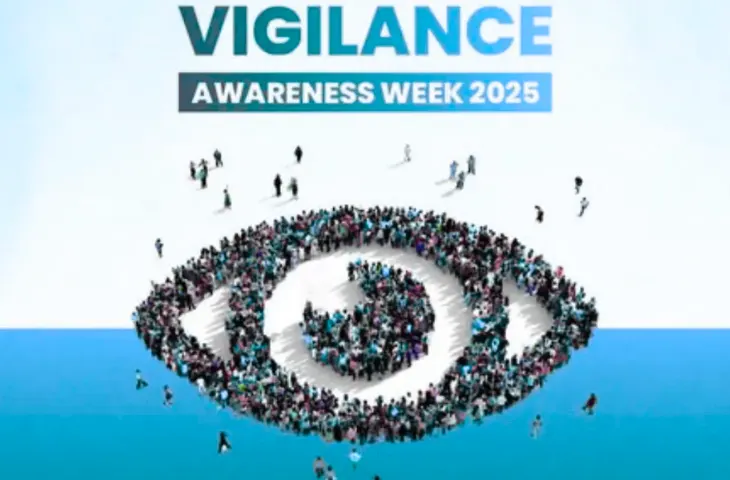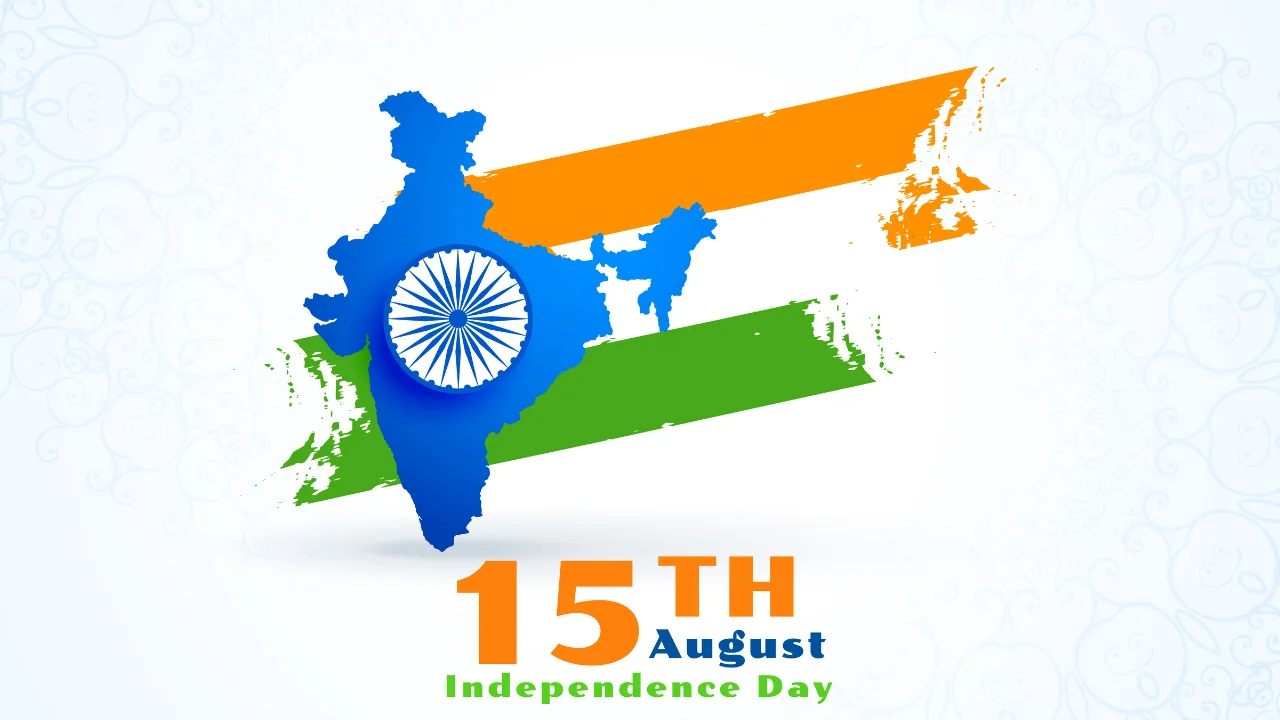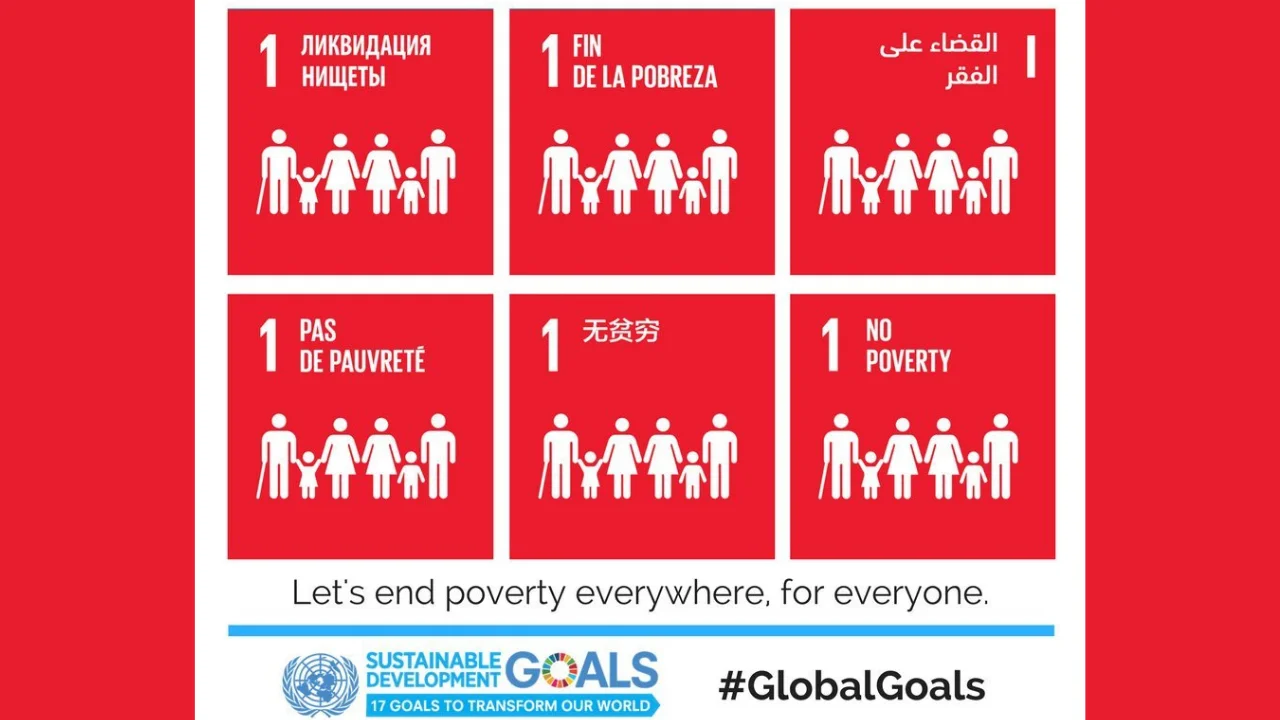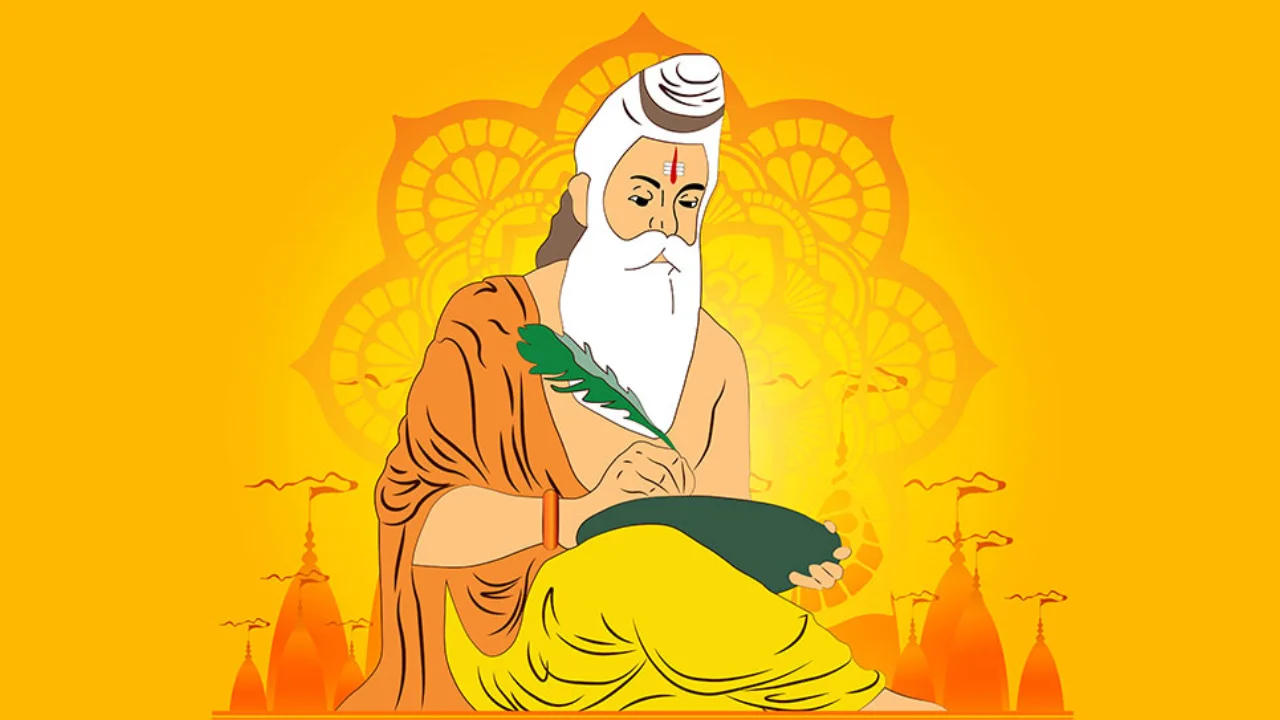The BRICS Summit, which includes member countries Brazil, Russia, India, China, and South Africa, has made a significant geopolitical announcement during its South Africa-held meeting. This announcement, made on the summit’s concluding day, introduces six new member countries into the alliance. This expansion signifies a notable transformation in the alliance’s makeup and has the potential to bring about changes in the dynamics of global cooperation.
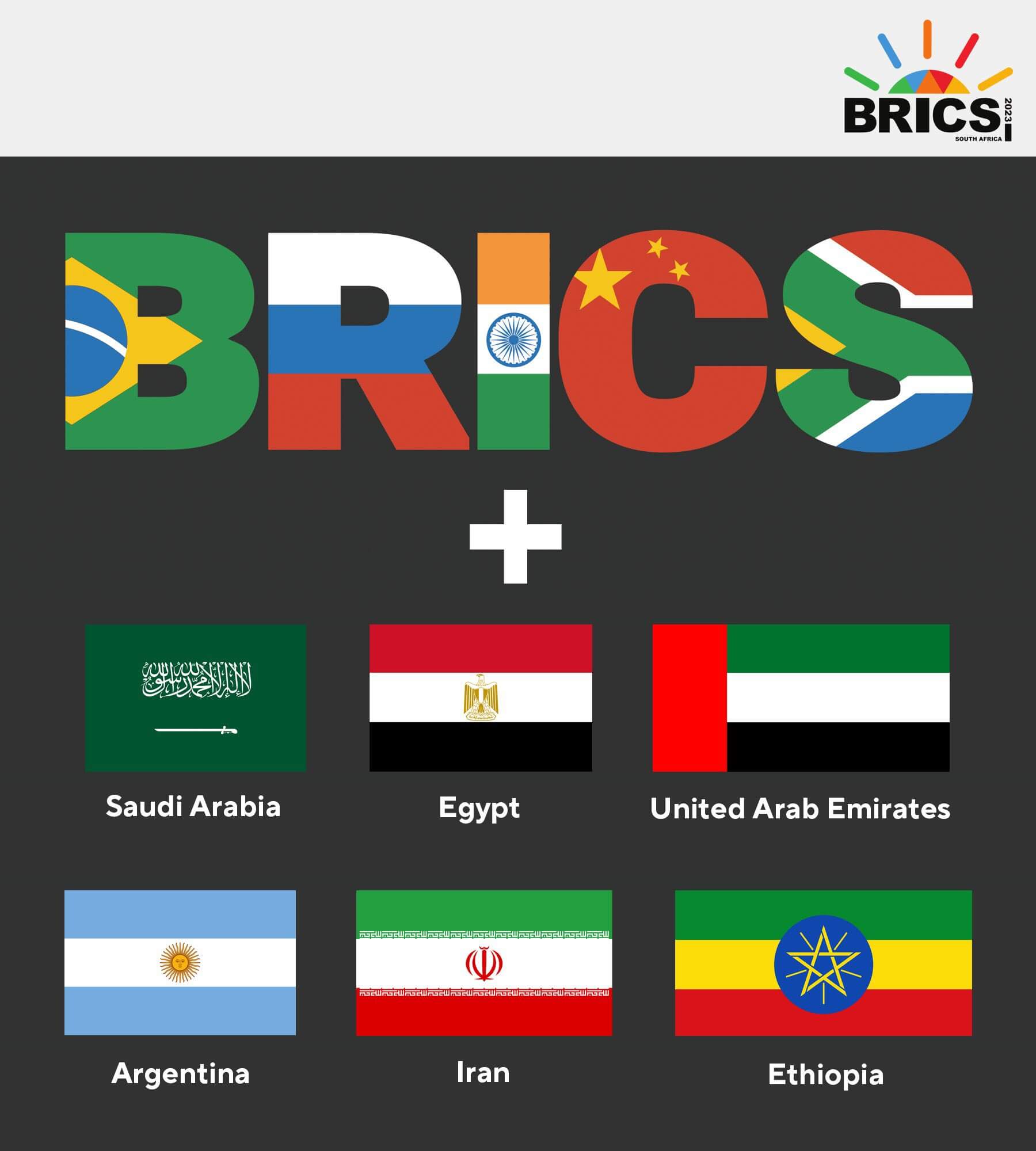
The newly added member countries are Iran, Saudi Arabia, Egypt, the UAE, Argentina, and Ethiopia. South African President Cyril Ramaphosa conveyed this decision.
These six nations are anticipated to officially join the BRICS alliance starting from the 1st of January, 2024.
This expansion is expected to have far-reaching implications for the geopolitical landscape and international relations.
Geopolitical Significance
The decision to expand the BRICS alliance has the potential to create opportunities for several interested countries to join a coalition that is dedicated to advancing the concerns of the “Global South.”
The enlargement of BRICS was a topic of debate between India and China. Analysts speculated that China was aiming to include countries that shared its skepticism towards the Western world.
Media reports leading up to the summit, hosted in Johannesburg, South Africa, indicated that Chinese officials proposed that BRICS should evolve into a bloc that could rival the G7, a group of major advanced economies. This move highlights the evolving aspirations and strategic considerations of the BRICS alliance as it grows in scope and influence on the global stage.
India’s Stance on Expansion
- India’s stance on the expansion of BRICS was not against the idea itself, but it emphasized the importance of establishing clear rules and procedures for admitting new member countries into the coalition.
- South African officials revealed before the summit that more than 20 countries had expressed interest in becoming part of BRICS.
- Speculated names for potential new members included countries like Cuba, the Comoros, Bolivia, Algeria, Indonesia, and several others.
- The deliberations around expanding the alliance and considering various candidates demonstrate the significance of defining criteria for inclusion and maintaining the coherence of BRICS as it broadens its membership.
Non-Inclusion of Pakistan
- China’s initiative to include Pakistan in the BRICS alliance created a diplomatic challenge and added intricacies to the ongoing discussions.
- China’s motivation for advocating Pakistan’s inclusion reflects its perspective that the BRICS coalition should evolve to encompass a wider range of member countries, specifically to incorporate more developing nations into the alliance.
- This push signifies China’s aspiration for the BRICS group to be more representative of the global developing world, aligning with its broader foreign policy objectives and its emphasis on South-South cooperation.
About BRICS
BRICS is an acronym for Brazil, Russia, India, China, and South Africa. It is a grouping of five major emerging economies that have been growing rapidly in recent years.
Background
BRICS was first coined by Jim O’Neill, an economist at Goldman Sachs, in 2001. He predicted that these countries would become the world’s major economic powers in the 21st century.
BRICS initially emerged as a consortium of four nations during the mid-2000s. The inaugural leaders’ summit of BRICS took place in Yekaterinburg, Russia in 2009. The alliance’s composition was later broadened to incorporate South Africa in 2010, marking a significant expansion of the BRICS coalition.
The leaders of the five countries signed a declaration that outlined their shared goals, which include:
- Promoting economic growth and development
- Reducing poverty and inequality
- Strengthening international cooperation
- Promoting peace and security
Global Force
BRICS has since become a major force in the global economy. The combined GDP of the BRICS countries is over $20 trillion, and they account for over 40% of the world’s population.
It has also become a major player in international relations. The countries have worked together to promote their common interests on a number of issues, including climate change, trade, and development.
Forum for Cooperation
- BRICS is a forum for cooperation and dialogue between the five countries.
- It is a platform for them to discuss their common challenges and to work together to address them.
- They have a number of similarities.
- They are all emerging economies with large populations.
- They are all facing the challenges of development, such as poverty, inequality, and climate change.
- They are all also committed to promoting peace and security.
- They also have a number of differences.
- They have different political systems, different cultures, and different economic strengths.
- However, these differences have not prevented them from working together.
BRICS is a dynamic and evolving grouping. It is a forum for cooperation and dialogue between the five countries. It is a platform for them to discuss their common challenges and to work together to address them.
- Promoting Honesty and Integrity, Vigilance Awareness Week 2025
- India Independence Day 2025 (15th August), Theme & Significance
- Jal Jeevan Mission, Ensuring Safe and Sustainable Drinking Water
- International Day for the Eradication of Poverty 2025, Theme, History & More
- Maharishi Valmiki Jayanti 2025, History, Significance & How to Celebrate
- World Anesthesia Day 2025, Theme, History & More

Hello, I’m Aditi, the creative mind behind the words at Oliveboard. As a content writer specializing in state-level exams, my mission is to unravel the complexities of exam information, ensuring aspiring candidates find clarity and confidence. Having walked the path of an aspirant myself, I bring a unique perspective to my work, crafting accessible content on Exam Notifications, Admit Cards, and Results.
At Oliveboard, I play a crucial role in empowering candidates throughout their exam journey. My dedication lies in making the seemingly daunting process not only understandable but also rewarding. Join me as I break down barriers in exam preparation, providing timely insights and valuable resources. Let’s navigate the path to success together, one well-informed step at a time.

